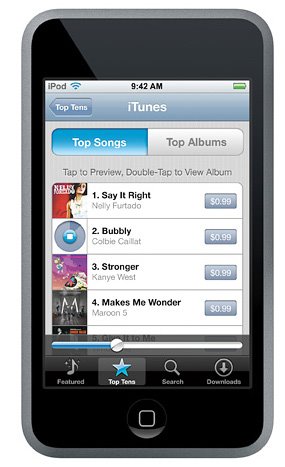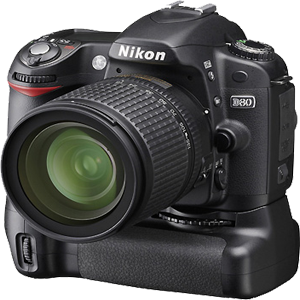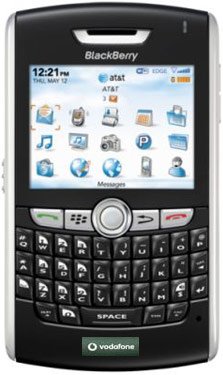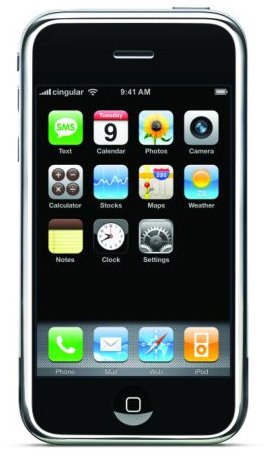After Choosing the Platform and making your first Post, Here you are preparing to be discovered. So how exactly do people reach blogs? How can they reach your blog among the millions other? How soon can your content be discovered after you first post it? All these questions will be answered with explanations in the coming lines.
After posting your content, you want it to be discovered. Of course, The Internet is the widest platform for showcasing your content and its real time but is it really so? The answer is yes and no both. ‘Yes’ because your as soon as you press “POST” Button, your post is available on the Internet and ‘No’ because in spite being on the Web its not (exactly) yet discoverable. So the questions submerge to this: How does content becomes discoverable on Internet? The answer lies in another question “How do people discover things on Internet?” Here are few common ways in descending order of contribution (Again, This is based on my personal experience):
B. Via your links in comments you gave on other Blogs/Websites (e.g. Blogrolls)
C. Through Social Networking Sites (e.g. Facebook, Orkut etc) and Social Bookmarking Services (e.g. Digg, Yelp, Technorati, Stumble Upon, reddit, Bloglines)
D. Via Email (e.g. email subscriptions, Newsletters etc)
E. In Public Forums like Groups, Communities, mailing lists etc
G. Via Feeds (e.g. RSS, Atom, Google Reader, email subscriptions)
H. Via Bookmarks on People’s Browsers (e.g. favorites, Speed Dial, Bookmarks)
I. Others (e.g. media, advertising, gadgets etc)
So to make your content discoverable, you need to keep in mind the above ways of discovering content and then proceed. These points form the basic charter of Search Engine Optimizations and Product Branding.
GET DISCOVERED -
a. Google Search Results and other Search Results: You can submit your post to Google as soon as you publish it. Generally Google Spiders will index your Blog within 24 Hours, but to make this process faster you can always submit your Blog explicitly to Google for faster Indexing. You can also set the frequency of Google Bots’ Crawl of your Blog in Google’s Webmaster Central. The sooner Google know about your content, the sooner it will appear in related search results. Although, Page Rank plays a very important role in ranking and order of appearance of your blog in search result
b. Via your links in comments you gave on other Blogs/Websites (e.g. Blogrolls): This is the most interesting way of being discovered where you control how you should be discovered. By participating in comments/discussions in other Blogs and leaving your Blog Link, you attract the visitors of the other Site. This method works very well. E.g. Blog roll at the bottom of this page.
c. Through Social Networking Sites (e.g. Facebook, Orkut etc) and Social Bookmarking Services (e.g. Digg, Yelp, Technorati, Stumble Upon, reddit, Bloglines): Today Social Networking has overshadowed most of the older methods of Information sharing. You can always update gTalk Status or Orkut Status with a link to your most recent post or blog itself. Facebook has an interesting way of Link sharing where you can enter the status, say a few words and give the link, Facebook will automatically insert a snapshot and a thumbnail of your Blog. Facebook can also get the RSS from your blogs and display it in its ‘Notes’ Section. LinkedIn has an application that can display the recent posts from your blogs. To be discovered you will have to make full use of all your social and professional networks.
d. Via Email (e.g. email subscriptions, Newsletters etc): Email Branding is one of the oldest and most efficient ways of publicity. Your Email Subscriber denotes your most faithful readers and they must be given full attention. You can have mailing lists, Newsletters for distribution. Email Subscriptions are now powered by FeedBurner (acquired By Google).You can also make your blog available in PDF format and mail it to your subscriber for offline reference. E.g. Email Subscription forms in the sidebar. Email Branding is a vast topic and will be covered in later posts.
e. In Public Forums like Groups, Communities, mailing lists etc: Orkut and Facebook communities are the best place to share relevant content. Here you have the benefit of exposing your content to an already interested audience. It’s a mode of targeted advertising. Keep a list of Communities and groups related to your topic and make a post in them as soon as you publish new content. Follow up matters a lot in Groups/Communities so be attentive to queries and concerns raised in group/community. E.g. the Weekly mailing list in Orkut Community : Books and Books
f. Personal recommendations (Twitter): Google is the best example of ‘Word of Mouth’ advertising and promotion. There is nothing better than a personal recommendation about a blog or service. But for that you need to maintain goodwill in Blogging Community. There are many Blogger groups (like IndiBlogger etc) where you can register all your Blogs and interact with Bloggers like you. Bloggers themselves form the crème of audience.
g. Via Feeds (e.g. RSS, Atom, Google Reader, email subscriptions): RSS feeds have developed as a means to take your Blog to new places. Earlier people used to come to site/blog to read content, but now the content reaches the interested people in the form they want. Thanks to RSS (Really Simple Syndication)! You can configure RSS in FeedBurner account. Blogger & Wordpress both support feeds. Most of the new web browser support RSS. Google Reader provides means to add, manage and share your feeds with the world. More about Feeds/RSS later.
h. Via Bookmarks on People’s Browsers (e.g. favorites, Speed Dial, Bookmarks): Most people won’t remember you Blog address as it is. Its very convenient for the user to have a bookmark on you site. You can do so by providing a BOOKMARK link at the bottom of your post or in Blog sidebar.
i. Others (e.g. media, advertising, gadgets etc): Besides these methods, there are conventional methods too.
ii. You can ask your Blogger friends to showcase your Blog on their sidebar.
iii. If you are a developer you can design gadgets, Themes etc with your link in it.
iv. File Sharing (e.g. Rapidshare and Esnips ) sites also provide good means where you can upload your blog as a PDF and publicize it.
These were some of the general methods to publicize your post. These should be kept in mind. However, if you want to automate it, here is the checklist.
CHECKLIST AFTER PUBLISHING CONTENT -
1. Publish your Content.
3. Go to Google’s Submit URL and submit your link along with tags.
8. If you use Windows Live Writer, You can ping 56 Ping Servers at a time. Find the List of Ping Servers here.
9. Participate in discussions related to your content on other Blogs/Forums.
10. Keep your content updated with recent data and acknowledge contributions, if any!
These 10 points will help you in publicizing your content. But it’s very different than Branding. For Branding, you need a more focused approach. If you want, I will write a tutorial on Branding too.I hope this assists you in your endeavor.
As always, feel free to clarify any doubts or ask questions.
Happy Blogging!
Related Posts:
Next Post:
In my next post, we will try to acquaint ourselves with design aspect of the Blog. We will go through various effective blog designs with respect to blog content.
NOTE: Google is experimenting with PubSubHubbub which is a simple, open, web-hook-based pubsub (publish/subscribe) protocol. Find more about it here. It aims to update the feeds in real time with content updations
NOTE: Google is experimenting with PubSubHubbub which is a simple, open, web-hook-based pubsub (publish/subscribe) protocol. Find more about it here. It aims to update the feeds in real time with content updations
You can meet me here:






